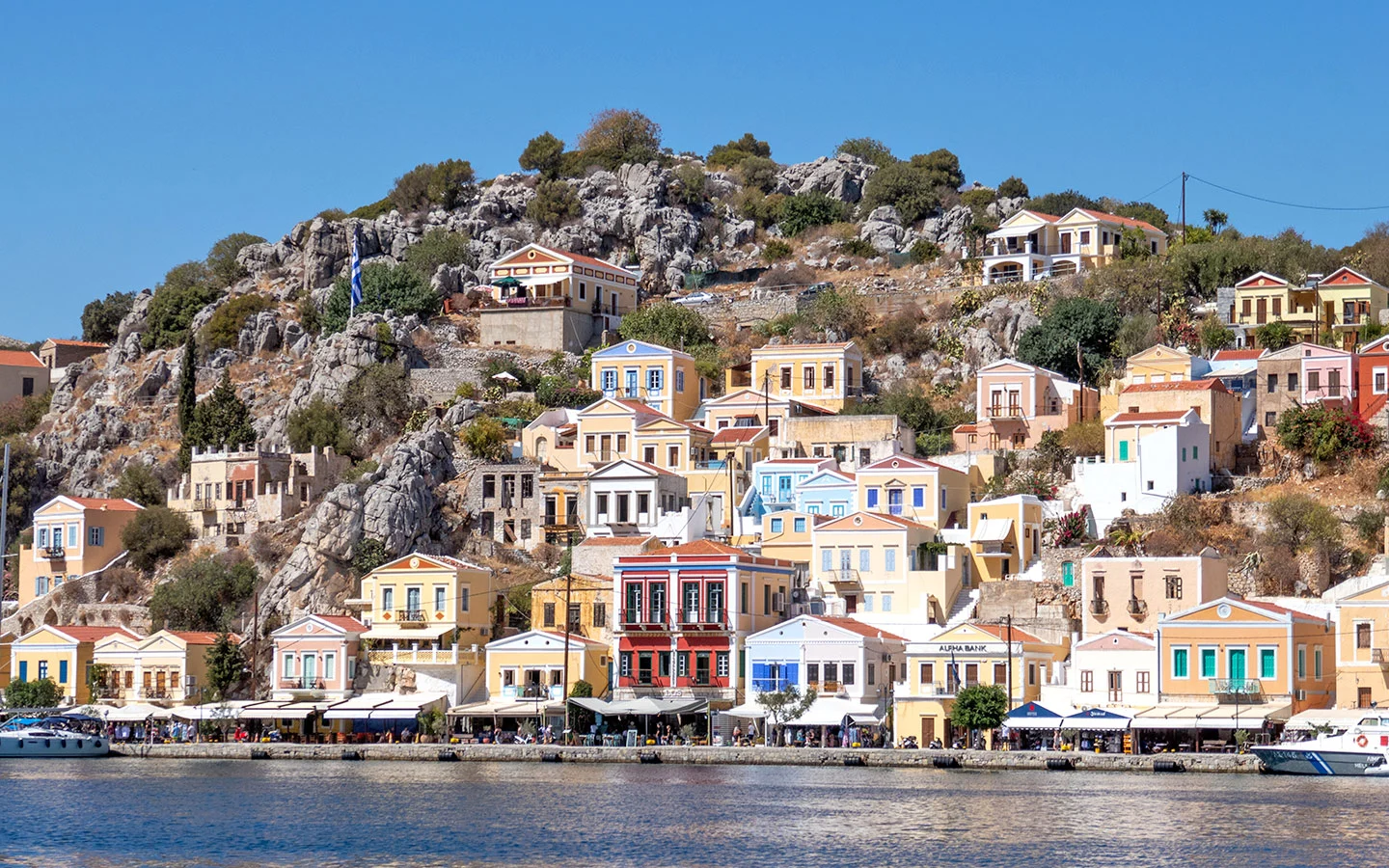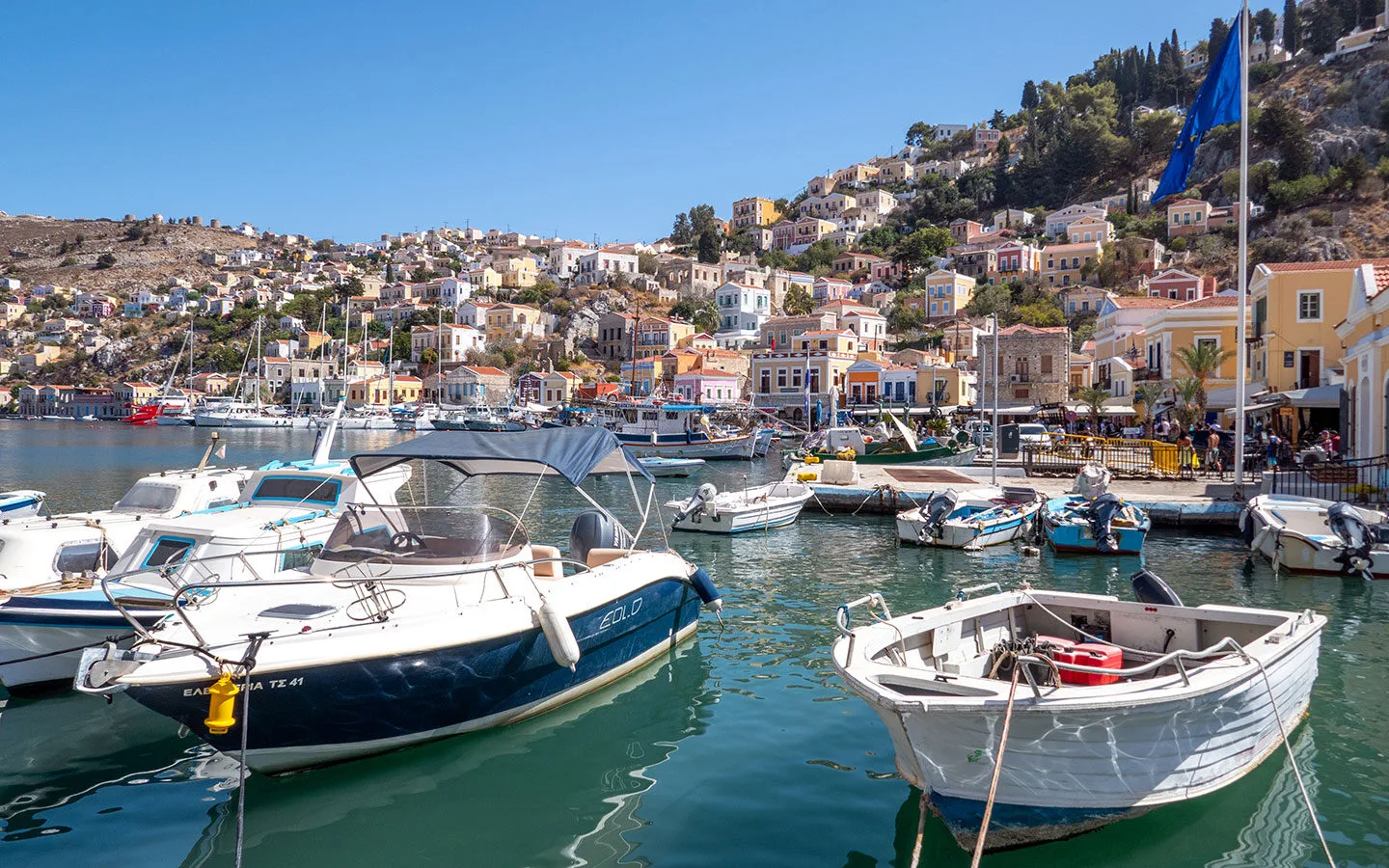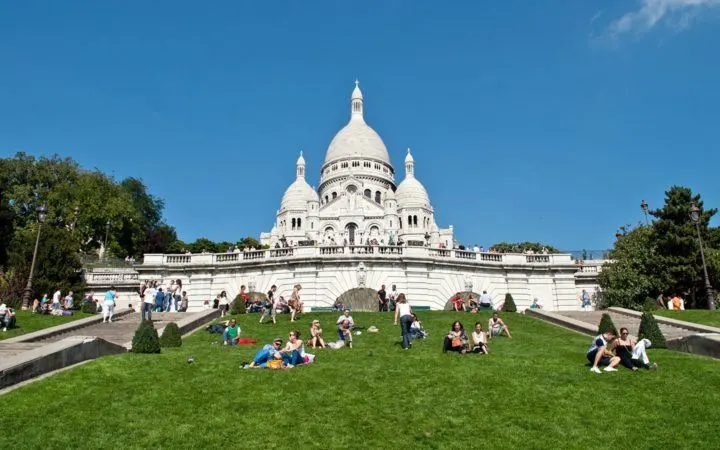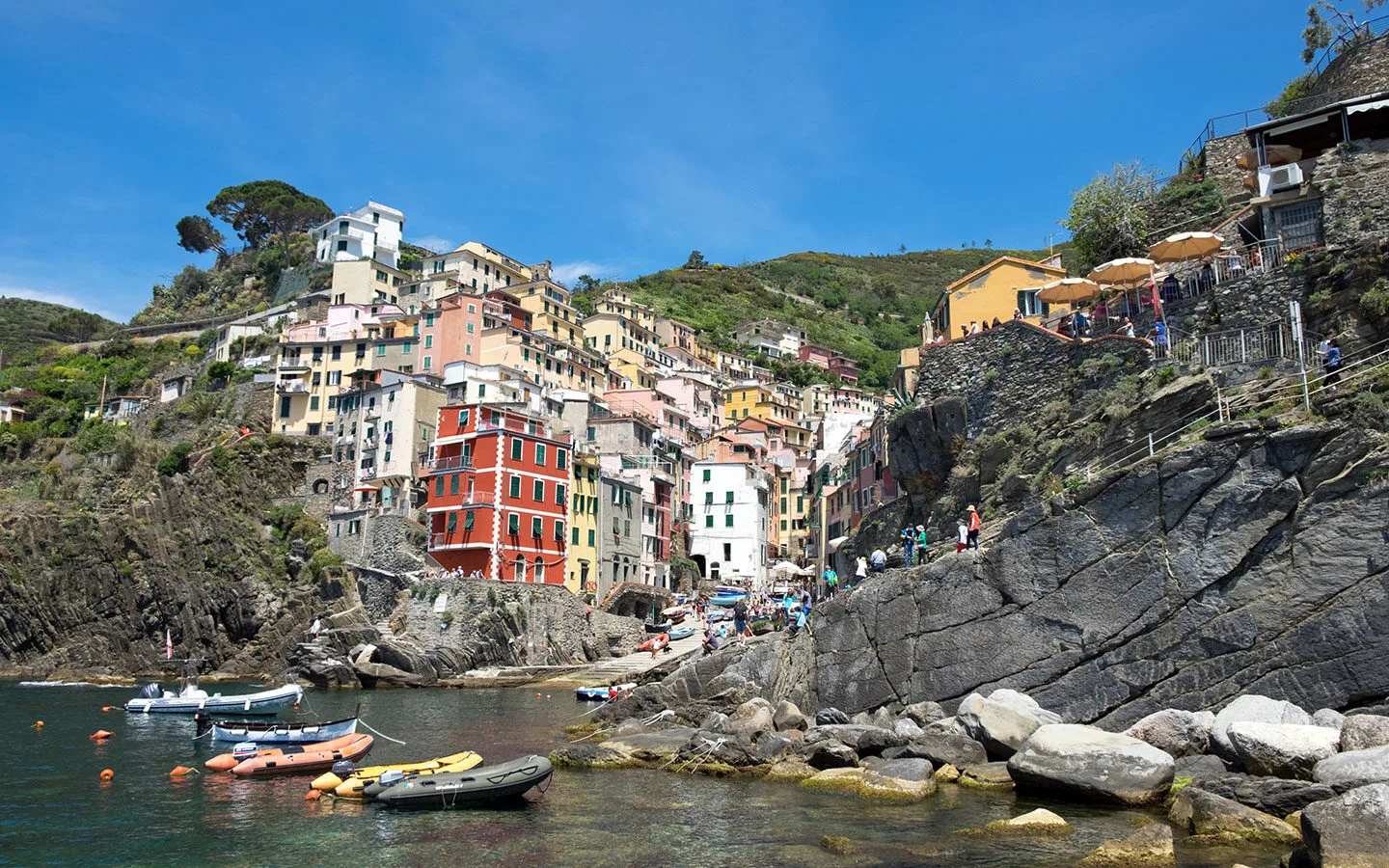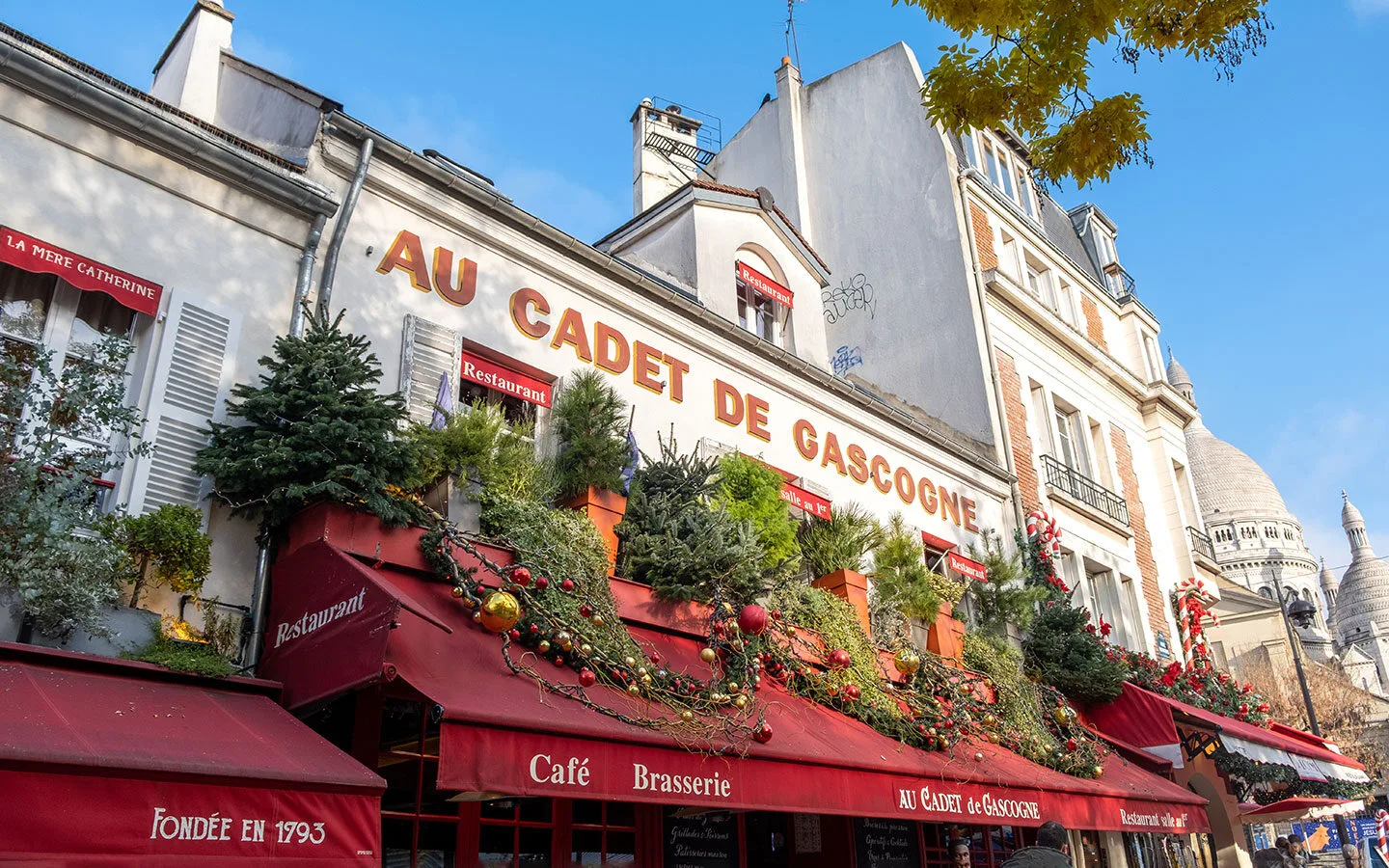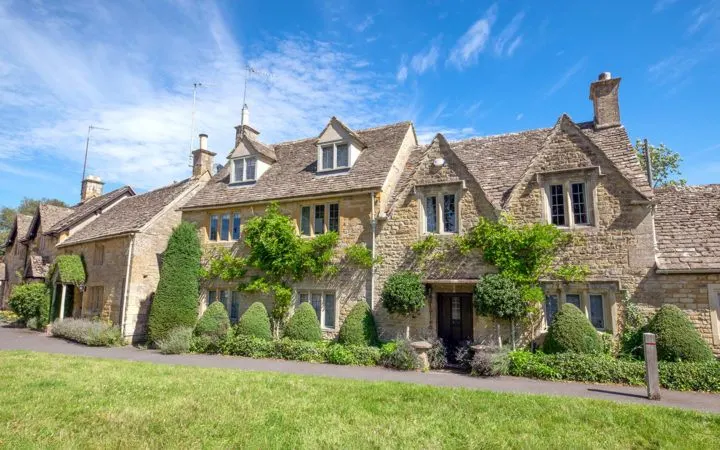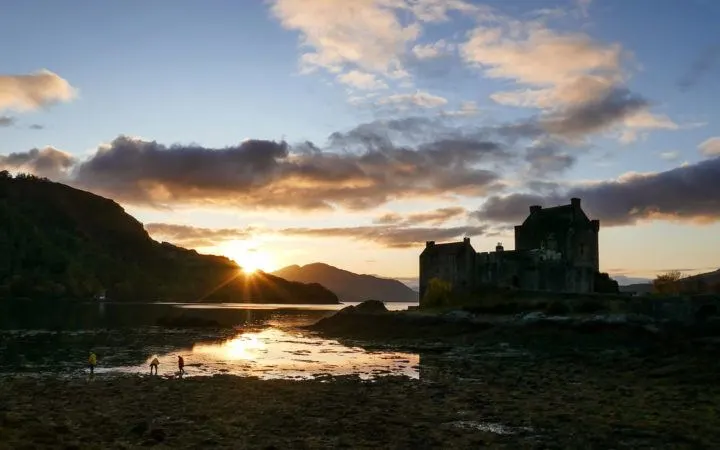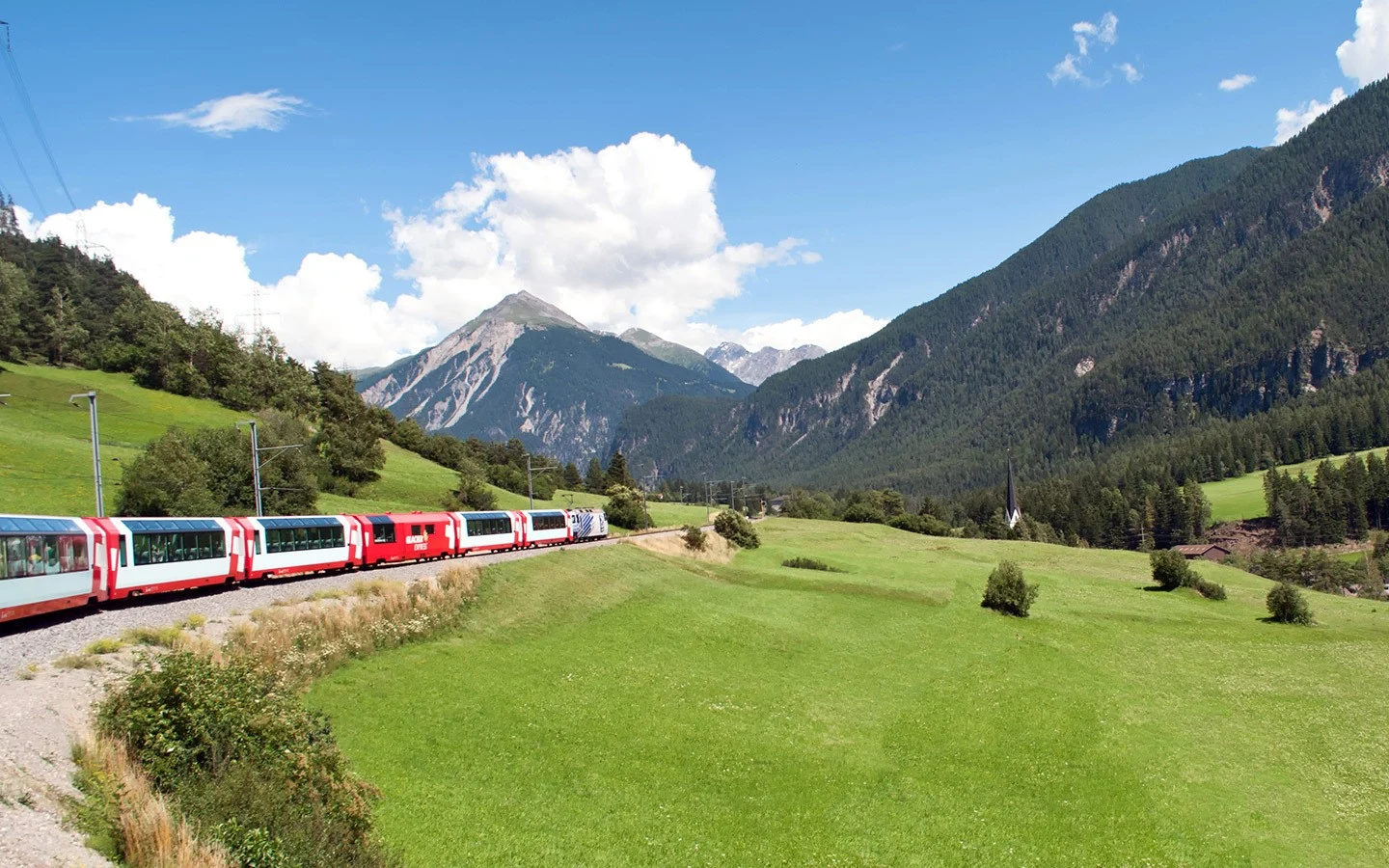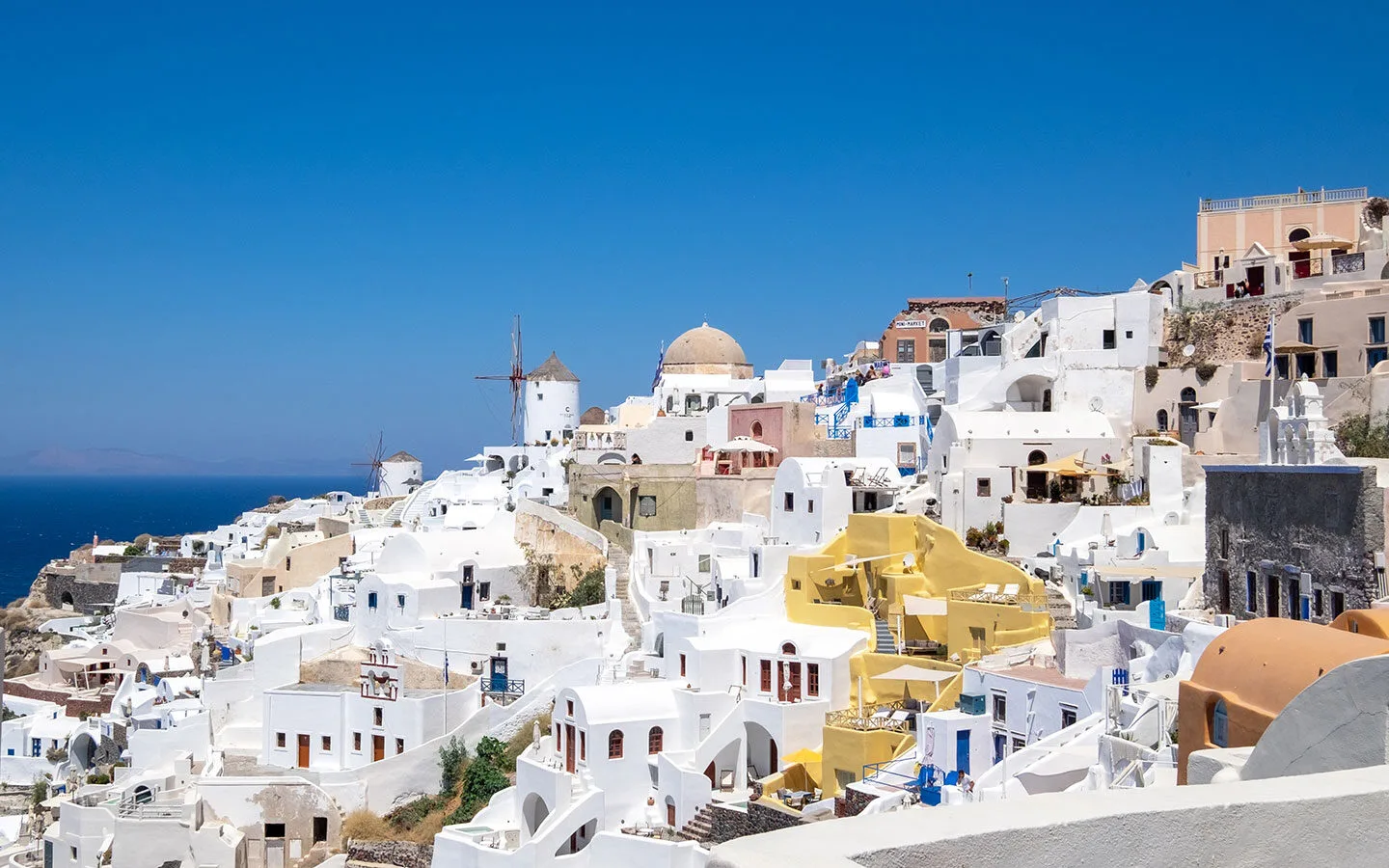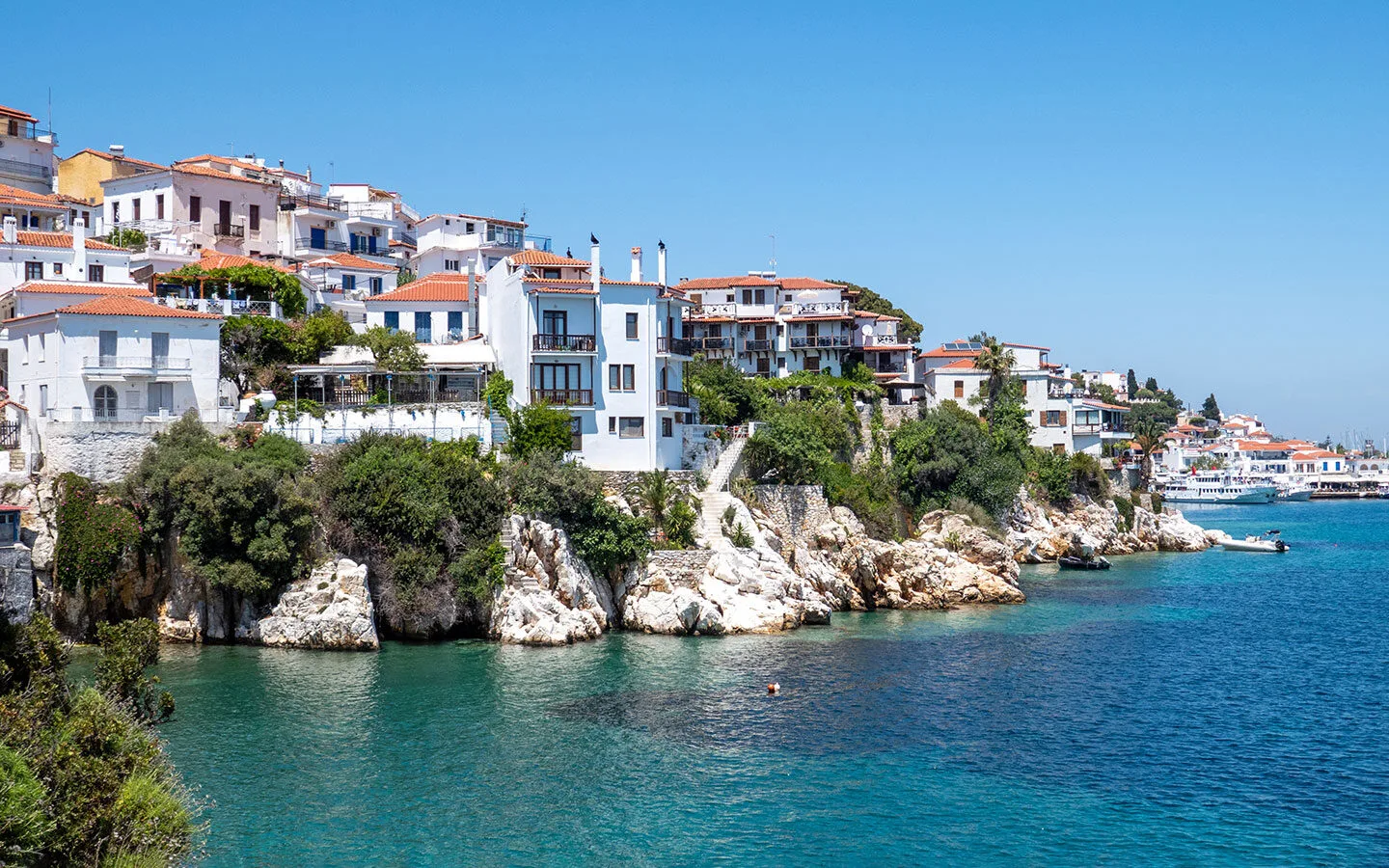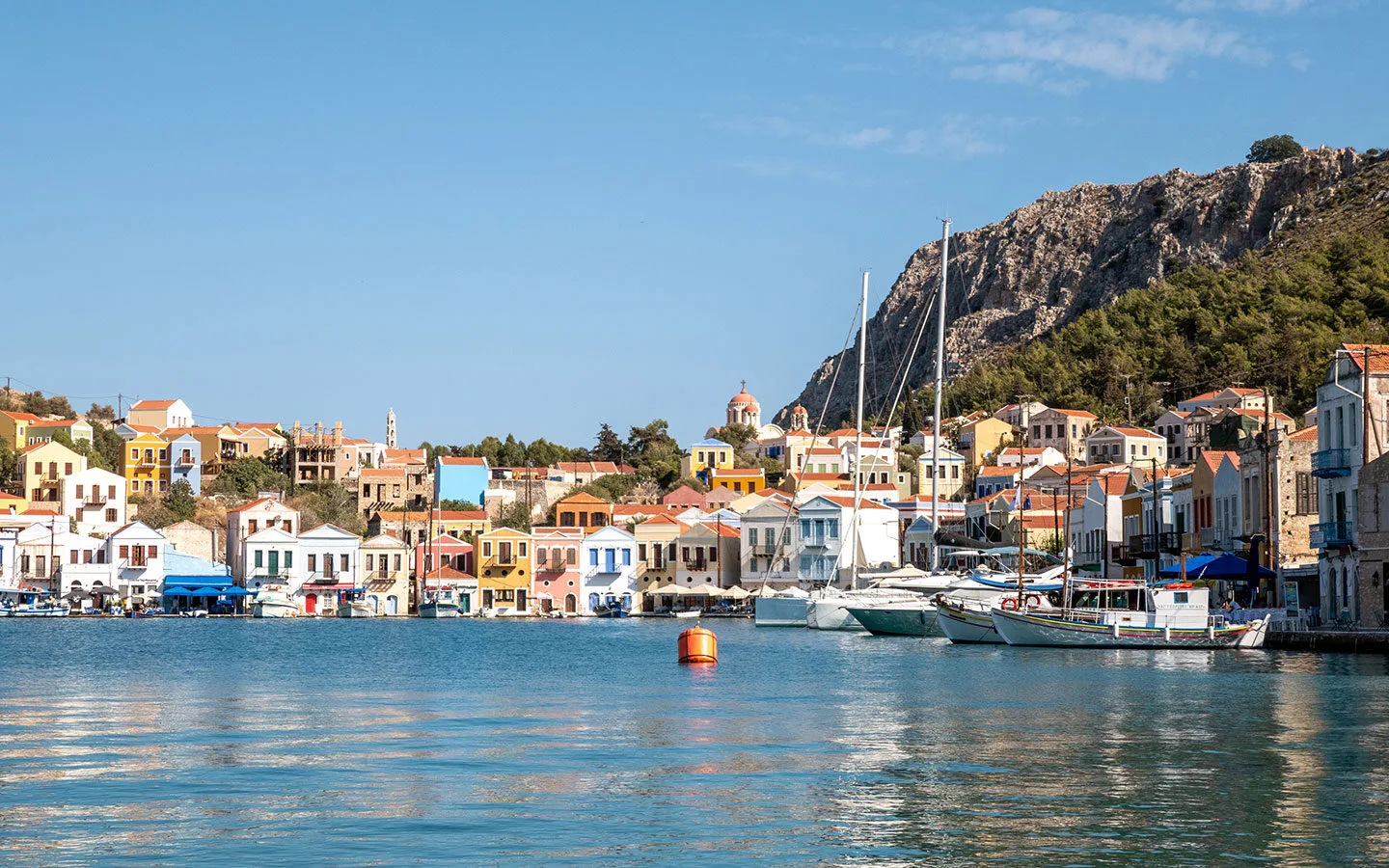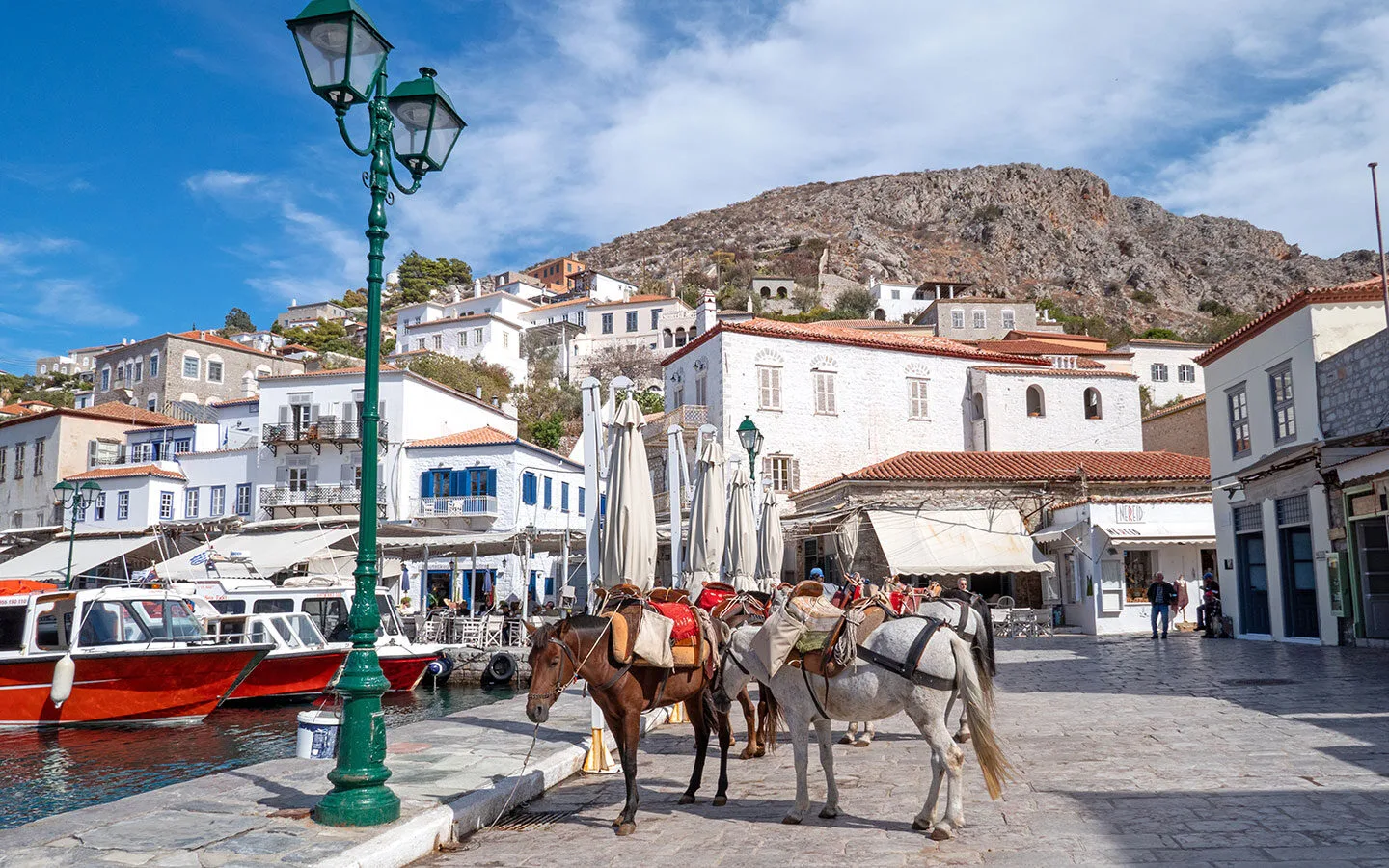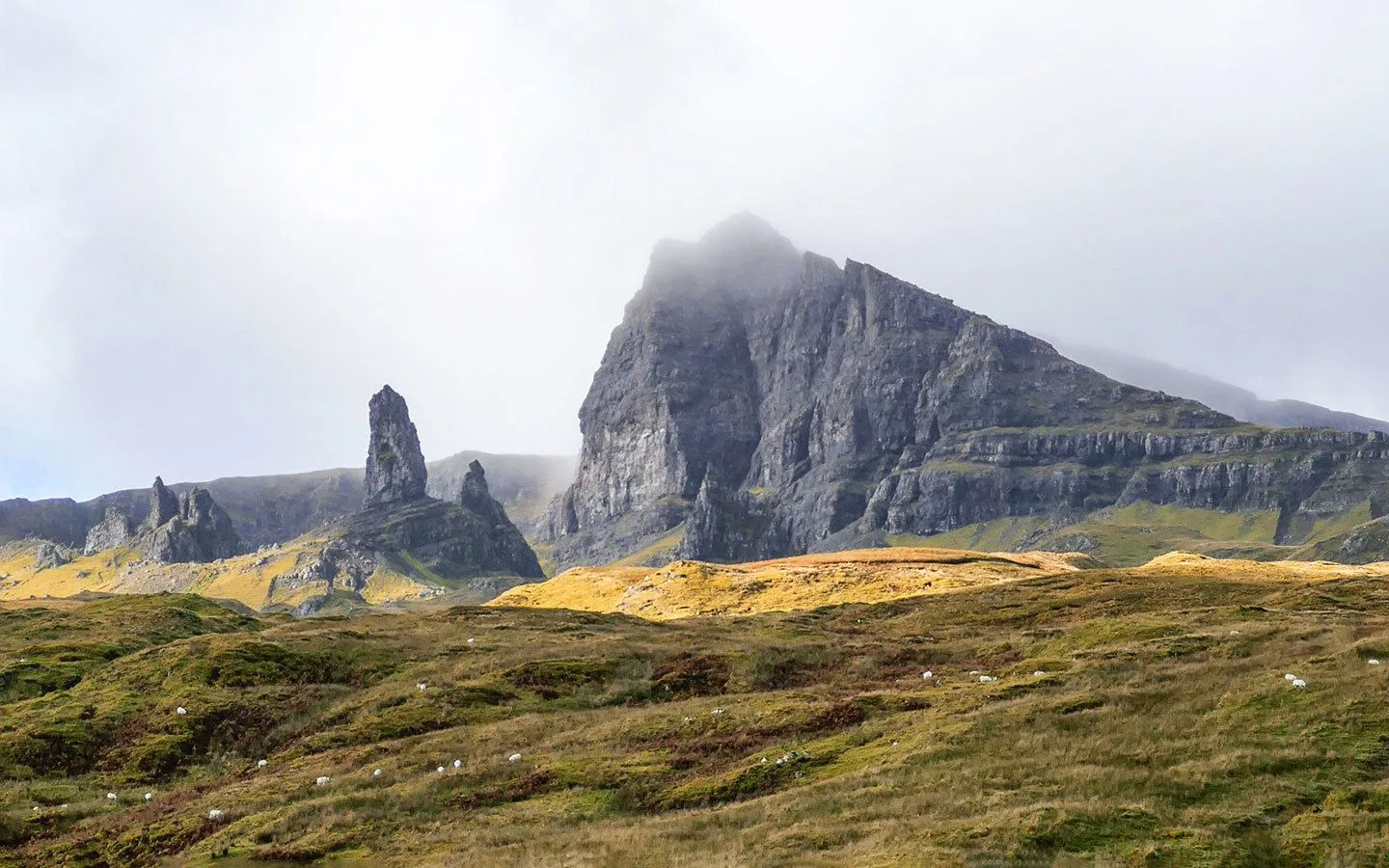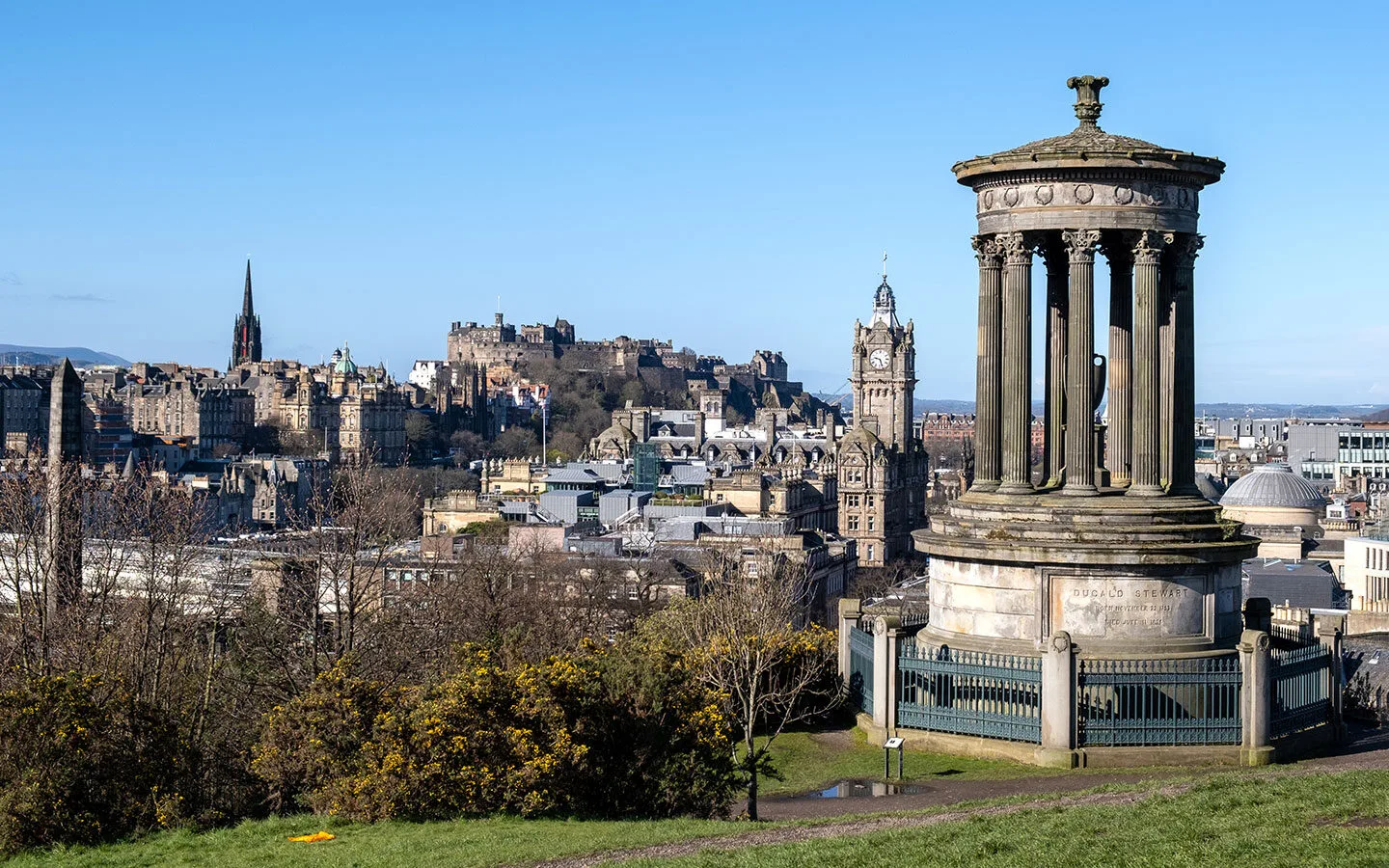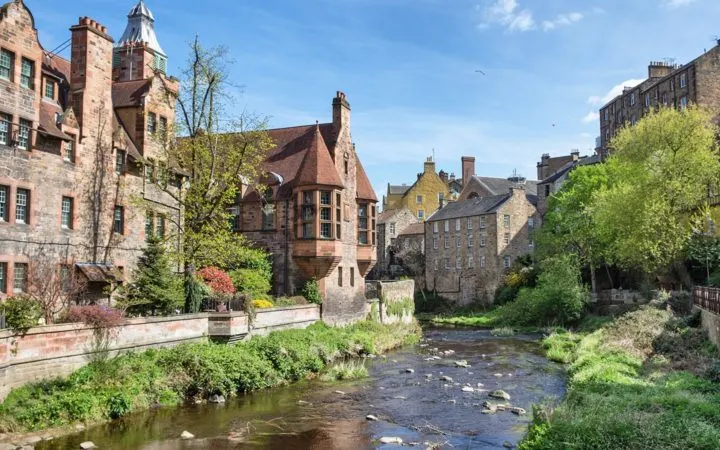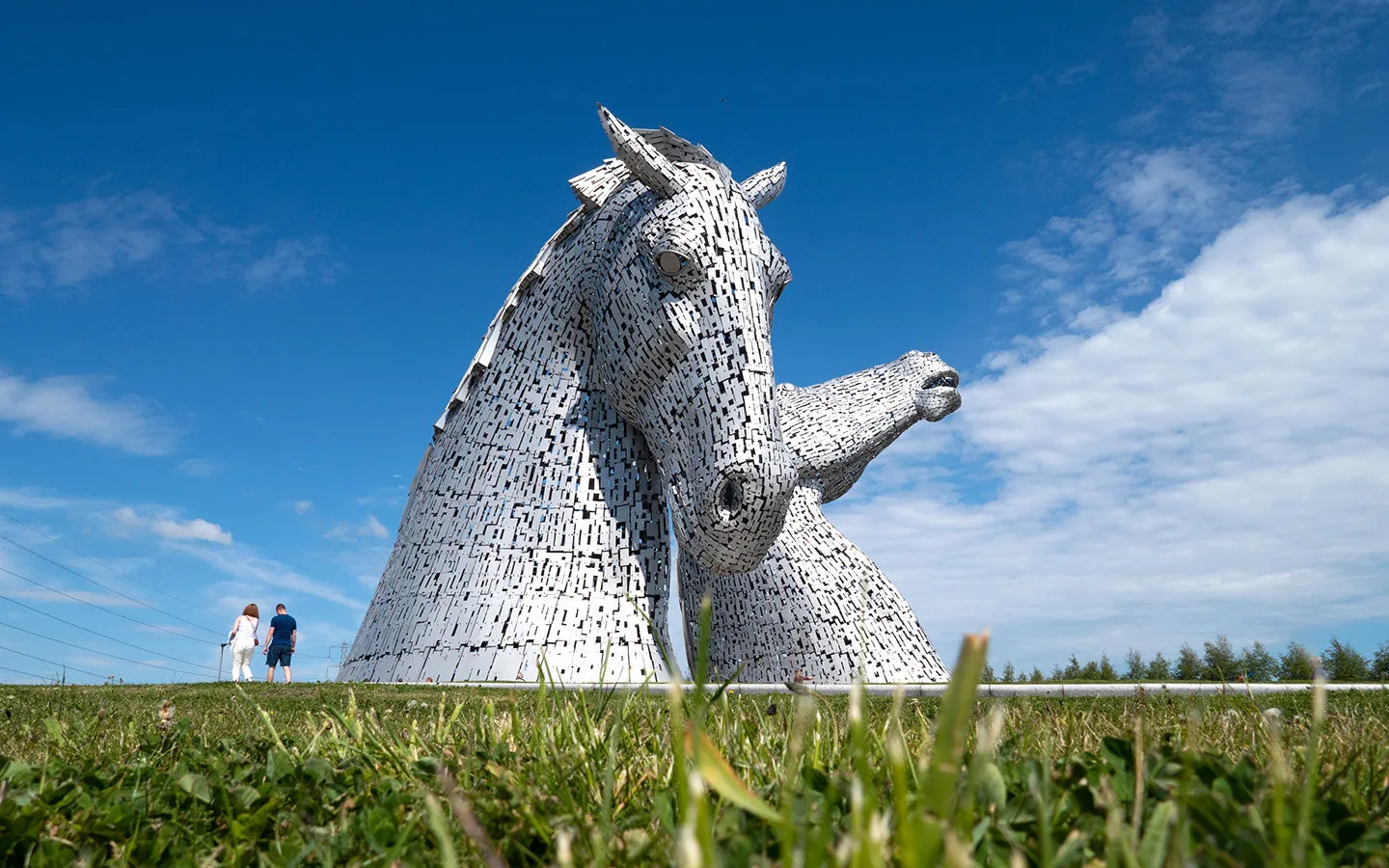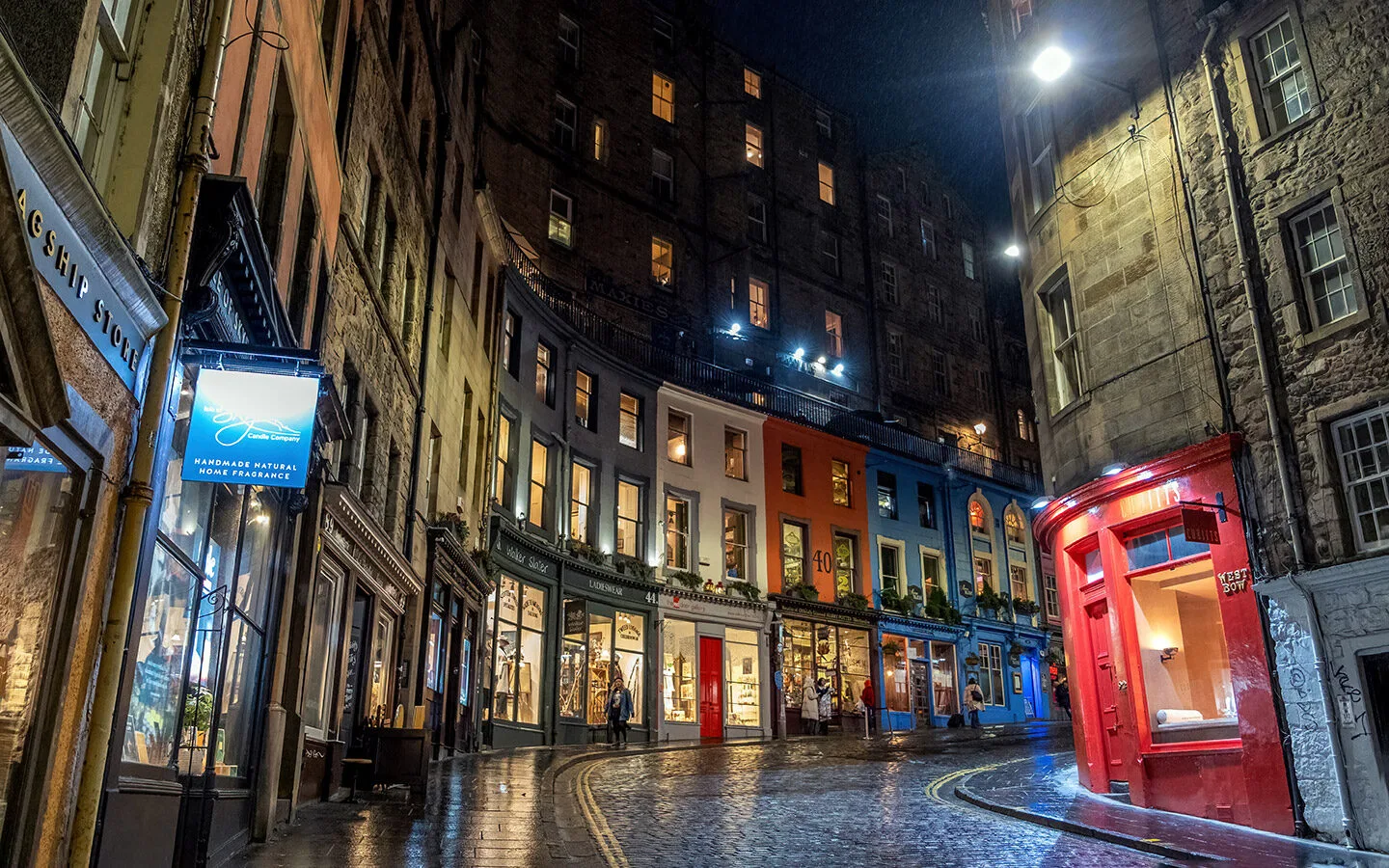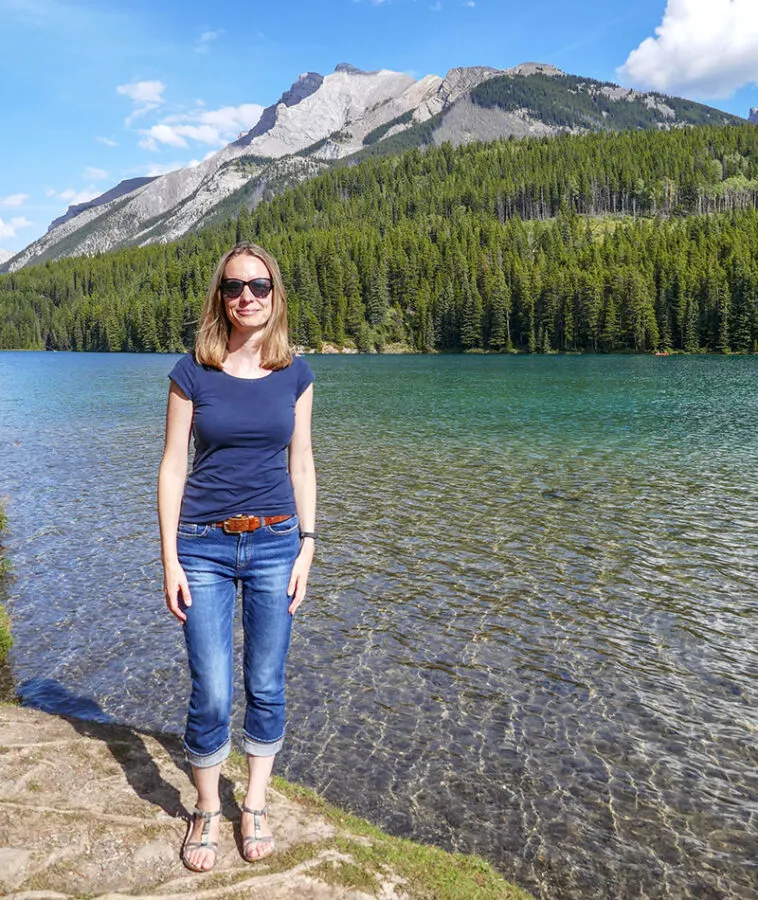

On the Luce is an award-winning travel site for people who are looking for stylish, affordable and sustainable travel experiences around the world.
I’m Lucy, and I’ve been travelling the world for over 25 years and sharing stories, tips and photos from my trips at On the Luce for the last 12 years. From weekend breaks in the UK to European rail trips and long-haul adventures, my guides, itineraries and advice will help you make the most of your travel adventures, large and small.
Latest blog posts
- How to get around Symi without a carA complete guide to visiting the Greek island of Symi without a car. Learn how to get around Symi by public transport using buses and …
- Ships and sponges: The best things to do in Symi, GreeceDiscover the best things to do in Symi, Greece – a charming small island in the Dodecanese just a short ferry ride from Rhodes, with …
- Visiting Paris on a budget: 17 ways to save money in ParisExplore Paris on a budget with this guide to 17 of the best ways to cut your costs in the French capital, from discounted museum …
Where would you like to go?
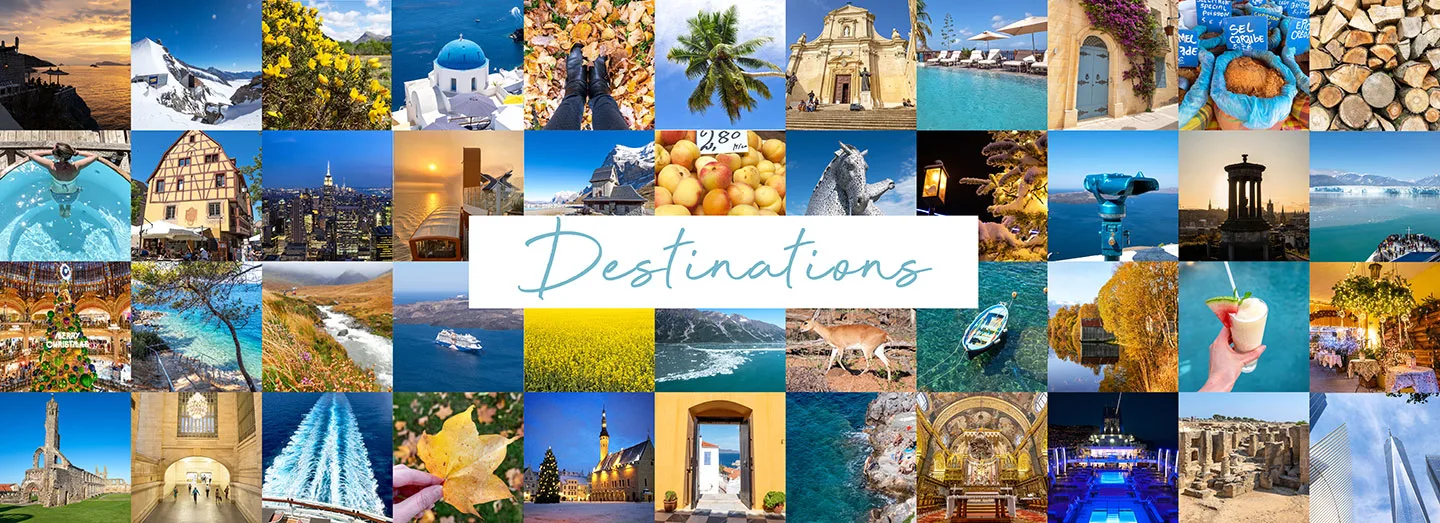
Search the site
Most popular
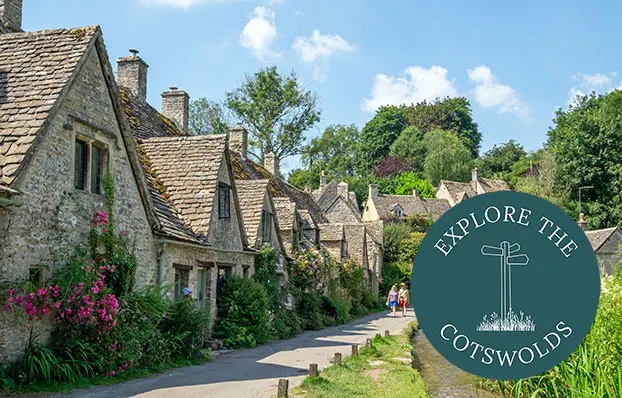
Want to visit the Cotswolds?
Our sister blog Explore the Cotswolds is your guide to the best things to see and do in this beautiful region of England – discover its charming villages, historic houses and gardens and unspoilt scenery with our local expert itineraries, guides and tips.

